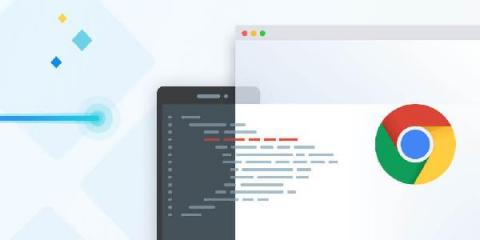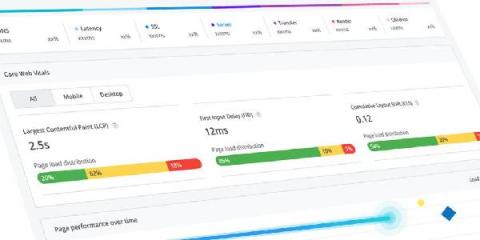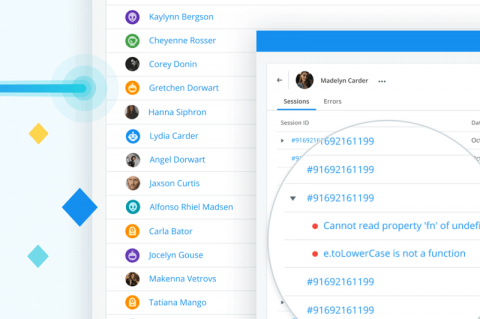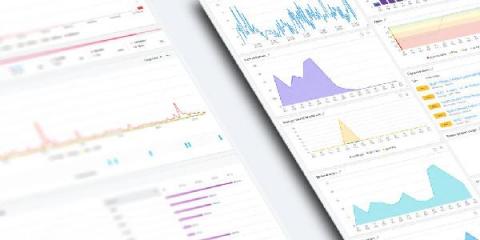10 best error monitoring tools to use in 2021 - A comparison report
Software has the power to make the world a better place - but the real hero's are the people behind the code along with the technology they use to ship better software, faster. Today we're going to be looking into the top 10 error monitoring tools on the market to help you find the best solution for you and your team. Fortunately, there are plenty of innovative companies providing more powerful tools than ever before, all designed to make your life easier.











